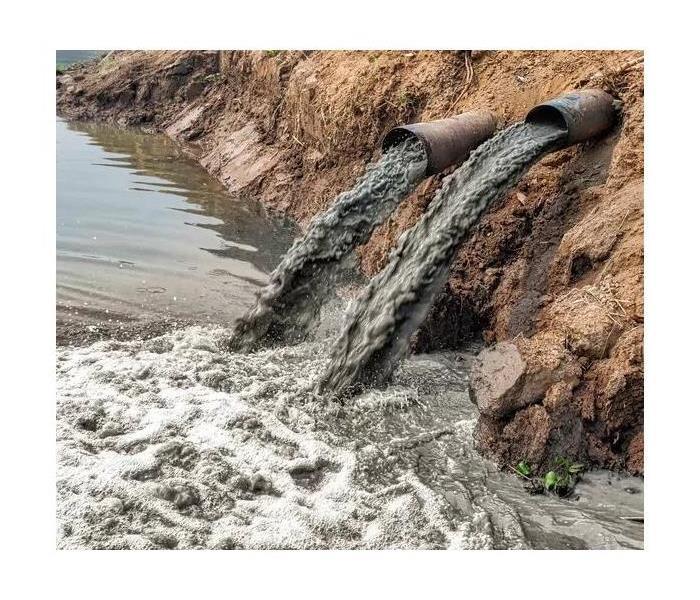Water Contamination Categories
3/29/2023 (Permalink)
Flooding can have a devastating impact on your commercial or residential property
It can be difficult to predict the full extent of water and storm-related damages. Extracting the water is just the first step that our professionals take to thoroughly dry and restore water and storm-damaged areas inside and outside of your property. Floodwater is dangerous, and it is advised to contact a reliable property damage restoration company such as SERVPRO Team Caldwell which specializes in natural disaster and flood cleanup and remediation. It can be difficult for the average property owner or management team to determine if the contaminated areas and contents of your property have been properly remediated, to avoid continued damage from mold growth. Our restoration technicians are IICRC trained and certified with countless hours of experience responding to local property damage cleanups and repairs. While assessing your property damage, SERVPRO Team Caldwell will help determine what parts of your loss our team can clean, sanitize and restore. Our restoration teams work closely with our construction crews and management to provide a seamless transition from destruction to reconstruction. That's why it's best to call a local property disaster restoration company like SERVPRO Team Caldwell to fill in the blanks. Our Professional staff will come and inspect your damage and customize a removal, cleanup, and restoration solution to get your property damage reversed as quickly and effectively as possible.
Different Types of Contaminated Water Categories
- Category 1: Clean water originates from a sanitary source such as a broken pipe, or another water source; rainwater is also considered clean and poses no substantial risk from dermal, ingestion, or inhalation exposure. However, it may not always remain clean after it meets other surfaces or materials.
- Category 2: Gray water is used to classify slightly contaminated water and has the potential to cause discomfort or sickness if contacted or consumed by humans. It may contain potentially unsafe levels of microorganisms or nutrients for microorganisms, as well as other organic or inorganic matter (chemical or biological).
- Category 3: Black water is highly contaminated and filled with pathogenic, toxigenic, or other harmful agents. Such water sources may carry silt, organic matter, pesticides, heavy metals, regulated materials, or toxic organic substances. Black water is typically caused by sewage damage, flooding or any type of natural disaster; black water should always be handled by trained professionals. Different types of contaminated water pose different risks, but the longer the water stays in a home, the more severe the property damage it will cause and the greater the threat to your health. Also called black water, Category 3 water is water from sewage backups and overflowing rivers that contains various hazardous contaminants, sewage, and/or toxic debris. According to the Institute of Inspection Cleaning and Restoration Certification (IIRC) and the Environmental Protection Agency (EPA), all water originating from seawater, ground or surface water, rising rivers and streams, and wind-driven rain from hurricanes and tropical storms is considered Category 3.






 24/7 Emergency Service
24/7 Emergency Service
